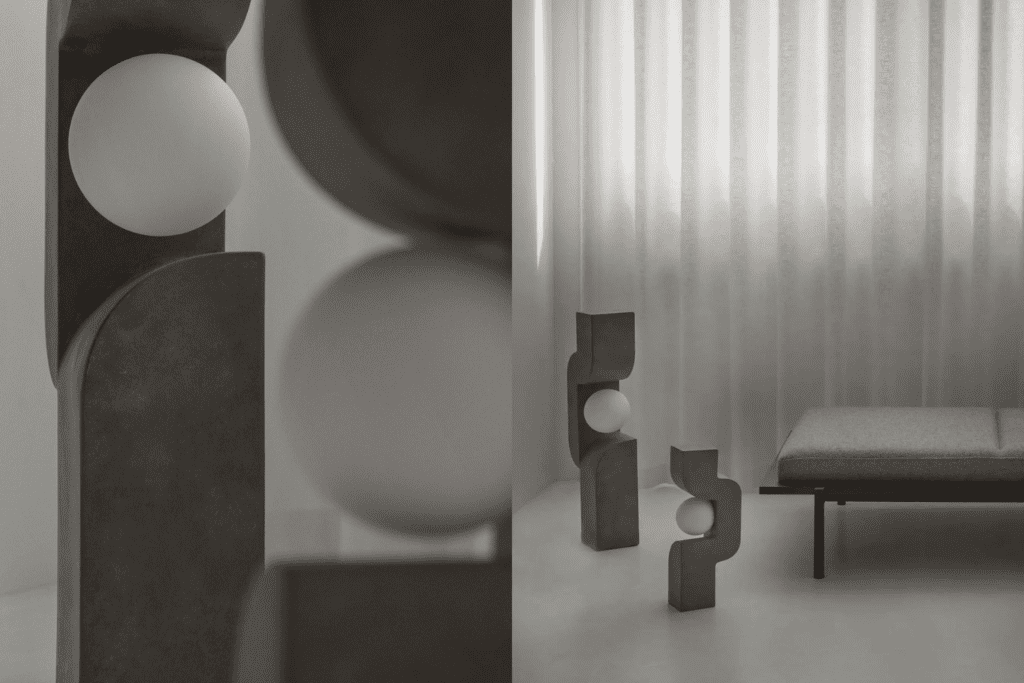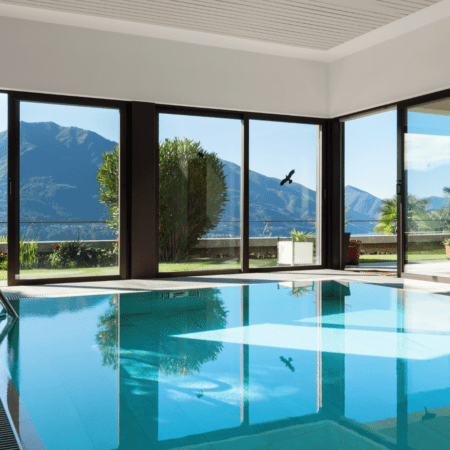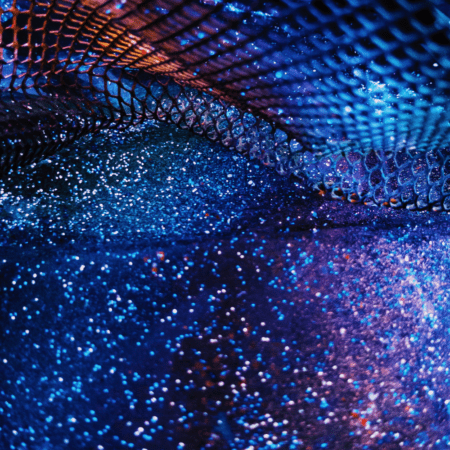
In the field of interior design, the strategic implementation of decorative lighting stands as a pivotal tool in shaping the ambiance of a space. Beyond mere aesthetics, it encompasses a profound influence on the psychological well-being and cognitive functionality of its inhabitants. This article delves into the technical intricacies of employing decorative lighting for mood enhancement and its profound implications on the human psyche.

1. The Role of Color Temperature
At the core of mood lighting lies the nuanced control of color temperature. This fundamental concept is predicated on the Kelvin scale, wherein lower temperatures (2700-3000K) emanate warm, cozy glows, while higher temperatures (5000K+) evoke crisp, invigorating illuminations. Careful selection and synchronization of color temperatures with the room’s purpose facilitate the desired psychological response, promoting relaxation, focus, or invigoration.
2. Dynamic Control Systems
The advent of IoT and smart home technologies has ushered in an era of unprecedented control over lighting environments. Advanced systems, such as those integrated with Zigbee or Z-Wave protocols, afford users the capability to dynamically adjust color, intensity, and even patterns remotely. This level of control enables real-time adaptation to changing moods and requirements, contributing to a seamless and harmonized living experience.
3. Circadian Rhythm Synchronization
Aligning lighting dynamics with the body’s natural circadian rhythms is a pivotal aspect of promoting holistic well-being. Circadian lighting systems are designed to mimic the natural progression of daylight, transitioning from warm, subdued hues in the morning to cooler, brighter tones during the day. This synchronization aids in regulating sleep-wake cycles, enhancing cognitive function, and mitigating the effects of Seasonal Affective Disorder (SAD).
4. Biophilic Integration
Incorporating elements of nature into artificial environments, known as biophilic design, is a burgeoning trend in modern architecture and interior design. Decorative lighting serves as a versatile medium for this integration, replicating the dappled, organic play of light through foliage. This fosters a connection to nature, reducing stress levels and enhancing overall mental well-being.
5. Neurocognitive Impacts
Scientific studies have revealed a profound correlation between lighting environments and cognitive performance. Properly calibrated decorative lighting can mitigate eye strain, improve focus, and positively influence mood regulation. This is particularly pertinent in environments requiring sustained concentration, such as offices or study spaces.
Conclusion: A Technological Epoch in Mood Enhancement
The amalgamation of cutting-edge technologies and a nuanced understanding of human-centric design principles has propelled decorative lighting into a pivotal role in shaping human experiences within interior spaces. By leveraging color temperature, dynamic control systems, circadian synchronization, biophilic integration, and understanding neurocognitive impacts, designers and homeowners alike can harness the full potential of decorative lighting in promoting mental well-being and cognitive efficacy.
In conclusion, the integration of decorative lighting transcends mere aesthetic considerations, venturing into the realm of cognitive science and holistic well-being. Through meticulous attention to technical details and a deep understanding of human-centric design principles, the modern designer wields a powerful tool in shaping environments that nurture and inspire.



